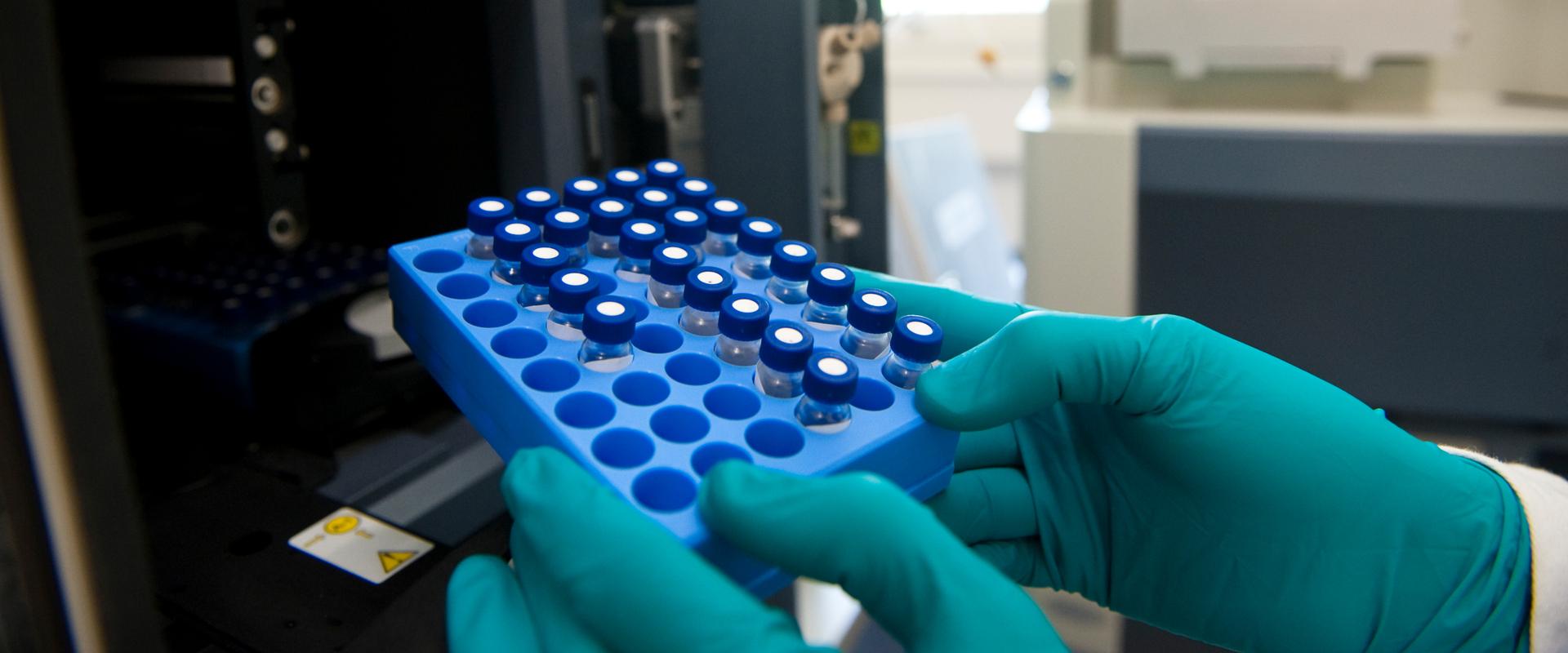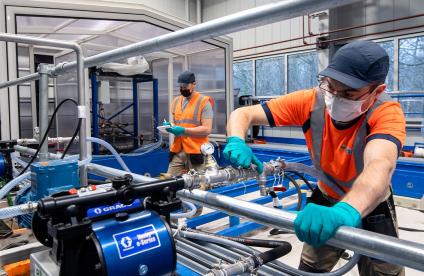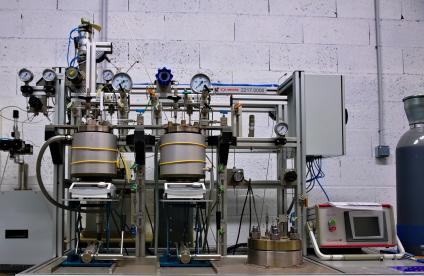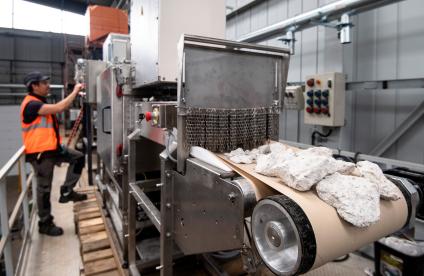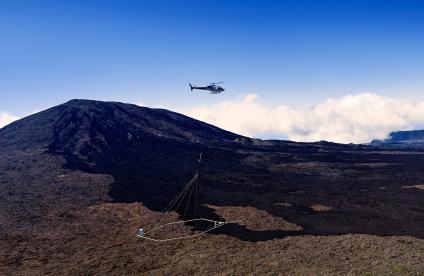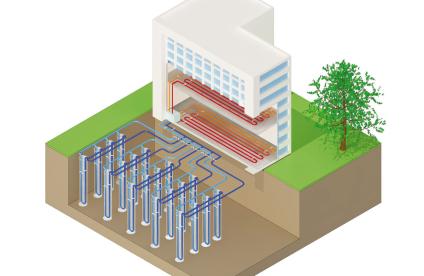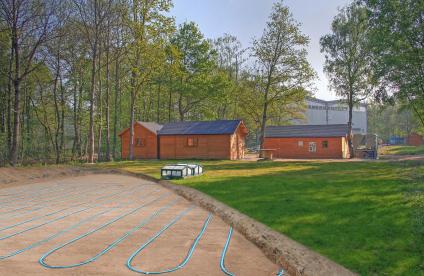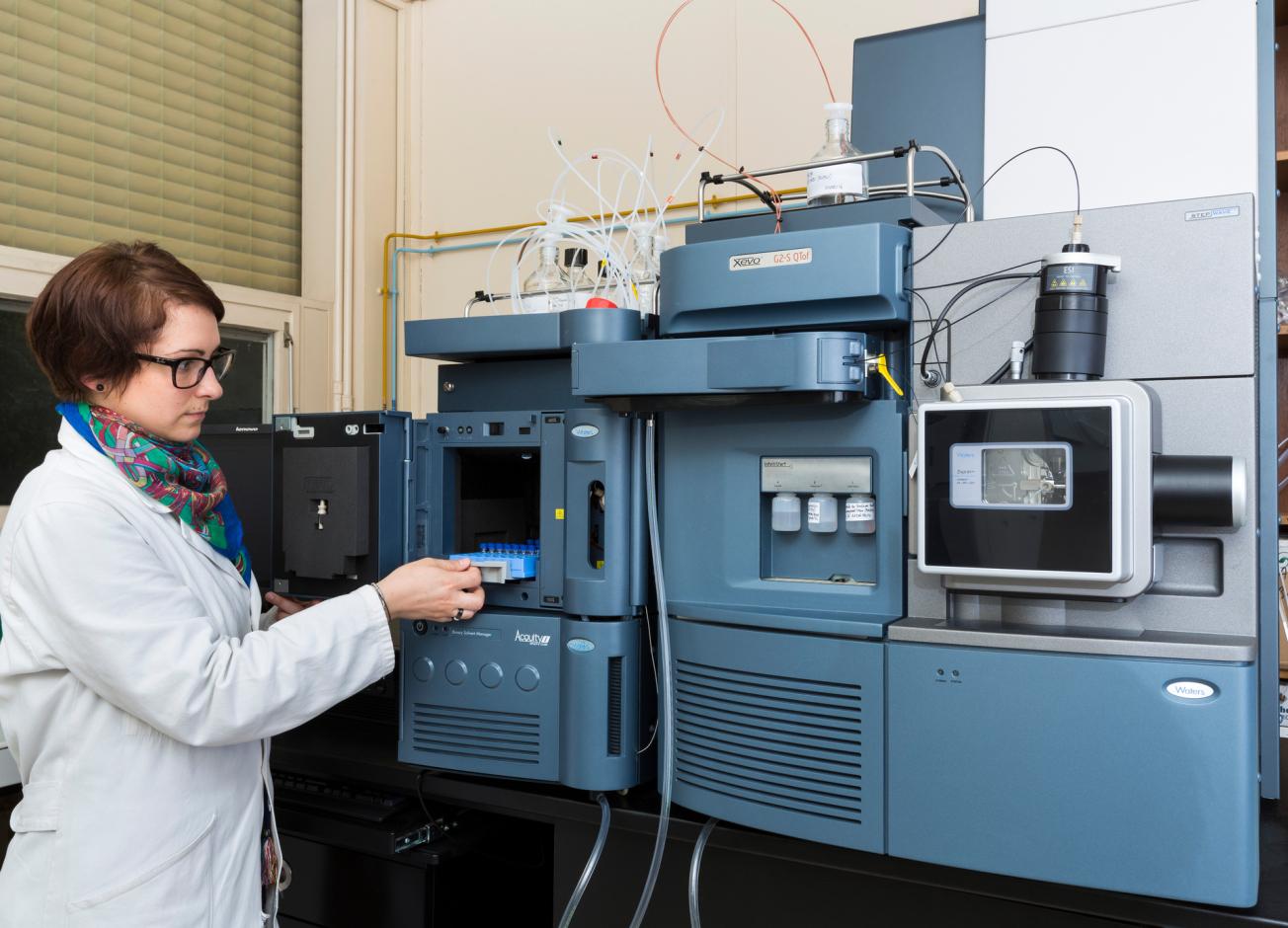
Using high resolution liquid chromatography (LC-TOF) to identify emerging organic pollutants.
© BRGM - C. Bruneau
With the acquisition of a LC-TOF spectrometer (Liquid chromatography/time-of-flight mass spectrometry), a technique based on accelerating ions and analysing their speed, the BRGM has opened up a new field in research and monitoring of emerging pollutants, an issue of major concern, as expressed in the European Water Framework Directive and its "good status" aim for all water bodies.
Thousands of new molecules released by pharmaceutical, chemical and cosmetic industries are not currently covered by any regulations for lack of sufficient information on their nature, their presence in the environment and/or their possible toxicity. Detecting, identifying and characterising them is therefore essential before they can be classified as substances requiring surveillance or not. Many European laboratories are working on this problem, especially as part of the Norman network, in order to improve knowledge on these new substances and develop the necessary regulations.
A paradigm shift
The LC-TOF technique calls for a paradigm shift in relation to current studies, which all concern molecules that are already being monitored. High-resolution mass spectrometry should enable the BRGM teams not only to detect and investigate known molecules in water, but also molecules that are currently unknown. The technique involves statistical reprocessing to detect the molecules most frequently found at very low detection thresholds in the samples analysed, out of an exhaustive and precise list of all the molecules detected by the spectrometer (sometimes tens of thousands in a single sample). After selecting these unknown and potentially interesting substances, we can use the technique to characterise them, and even identify them fully.
The BRGM is now building up a database describing 500 molecules that will enable the LC-TOF to quantify the results obtained. New analytical methods are also being developed. The BRGM is breaking new ground in this field and aiming to select new molecules for monitoring, to identify their sources, to design ways of monitoring them in the environment and to assist the public authorities in defining the necessary regulations.

